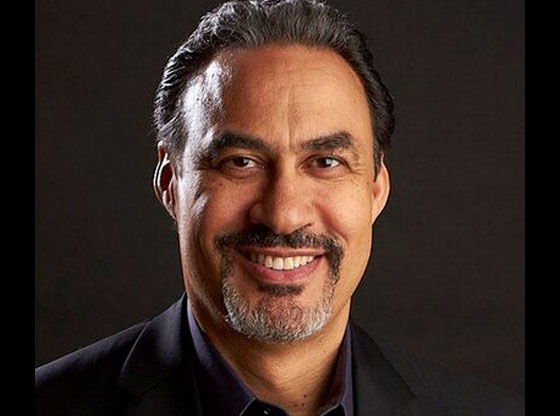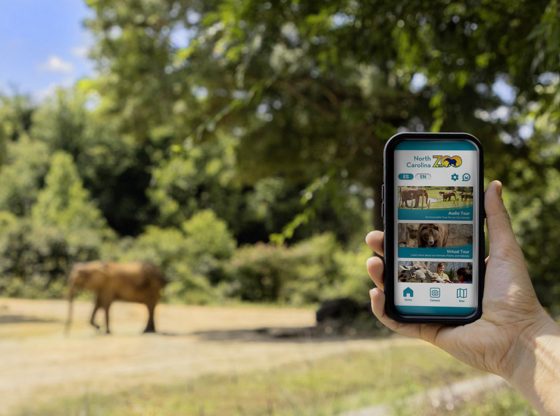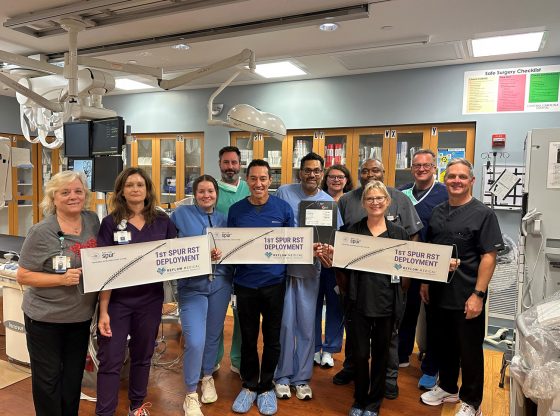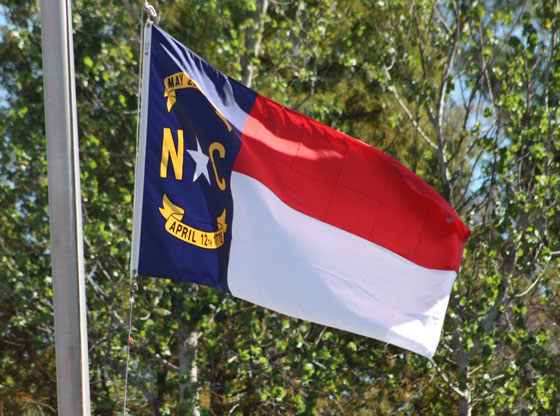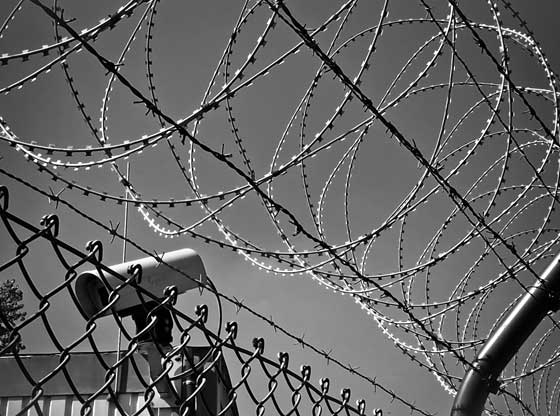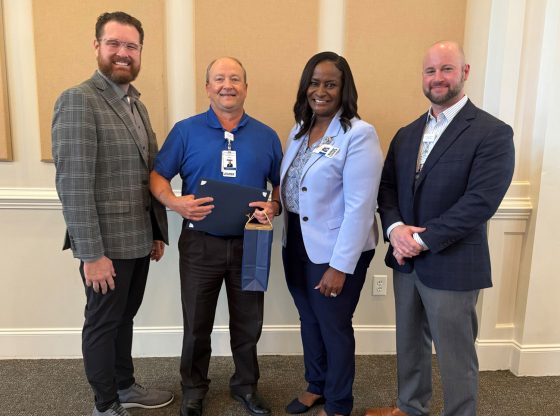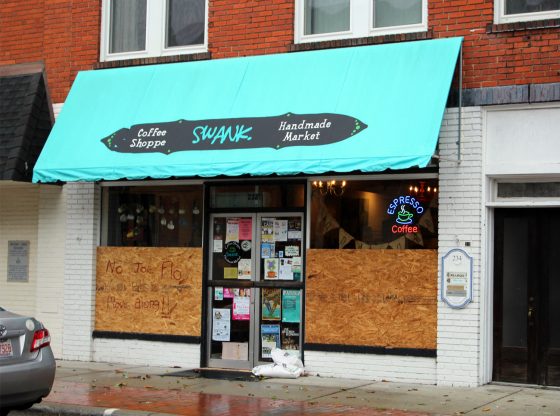RALEIGH, N.C. (AP) — Architect Phil Freelon, who designed buildings ranging from local libraries to the Smithsonian’s National Museum of African American History and Culture, died Tuesday in North Carolina.
Freelon, 66, had suffered from Lou Gehrig’s disease for several years. He died in Durham about a week after he had quit consuming food or liquids, his neurologist said.
“I’ll remember him as one of the most gifted architects I’ve ever worked with but also one of the kindest individuals I’ve ever known,” said Lonnie Bunch, founding director of the African American Museum and now secretary of the Smithsonian Institution.
One of Freelon’s most important contributions to the museum was recognizing the National Mall as “sacred space,” Bunch said, so visitors “didn’t just go into a building. They could look out and see where history occurred. So that was kind of his genius.”
Freelon, a Philadelphia native, worked for years at architectural firms in Texas and North Carolina. When he opened his own firm, he was the only employee. He declined to design prisons, casinos or strip malls, focusing instead on libraries, museums and schools because he preferred “projects that contribute to society in some way,” he told The Associated Press in early 2017.
A statement from his family said Freelon “designed buildings to uplift the human spirit.”
His reputation grew as he designed projects such as the National Center for Civil and Human Rights in Atlanta, the Museum of the African Diaspora in San Francisco, the Reginald F. Lewis Museum of African American History and Culture in Baltimore, and the International Civil Rights Center and Museum in Greensboro.
Along the way, The Freelon Group merged with Perkins and Will, where he was managing and design director.
In a statement on its website, Perkins and Will said Freelon “was committed to designing a socially equitable world,” and broke down socio-economic and cultural barriers in architecture and design.” It added, “He led the design of almost every major museum or public space dedicated to black culture in the United States … He was, arguably, the most significant African American architect in recent history.”
The African American history museum opened in September 2016 in Washington, D.C., to wide acclaim. Freelon was the architect of record for the museum, working with partner David Adjaye, the lead designer, and Max Bond, whom Freelon described as dean of the project. The building’s design included a facade known as the Corona. Its three-tiered shape was inspired by a symbol from the Yoruba people of West Africa featuring a crown.
“Freelon’s career reflected how much he valued transforming the diversity of the architecture practice, especially for African Americans,” said professor David Hill, head of the school of architecture at North Carolina State University, where Freelon graduated in 1975 with a bachelor’s degree in environmental design.
Months before the Washington museum opened, he was diagnosed with amyotrophic lateral sclerosis, also known as Lou Gehrig’s disease, a degenerative neurological disease that leads to total paralysis. His disease slowed him, but he kept working, with projects that included a $50 million expansion of the Motown Museum in Detroit.
Dr. Rick Bedlack, a Duke University neurologist, said he last saw Freelon on June 27. By then, Freelon was in a wheelchair and unable to dress or bathe himself without assistance.
“In that conversation, Phil had told me that he just had had enough,” said Bedlack, who began treating Freelon in March 2016. He had decided to quit eating and drinking, which he did on June 30, Bedlack said.
“He lived his life, and he made the decisions,” Bedlack said. “The disease didn’t make the decisions for him.”
In a speech at Duke University in 2017 for Martin Luther King Jr. Day, Freelon described his vision of architecture as a form of activism.
“I have worked through my career as an architect to create environments that are uplifting, inspiring, and set the tone for sharing knowledge and facilitating cultural exchange,” he said. “You see, I believe that the built environment — that’s buildings and landscapes — can and SHOULD contribute in a positive way to the lives of everyday people. Beautiful architecture should be accessible to all, not just the 1 percent that can afford to engage the stars of our profession.”
Friends and colleagues described Freelon’s genius and generosity. He would sit quietly and beam as a colleague made a presentation at museum planning meetings, said Kinshasha Holman Conwill, the museum’s deputy director.
“He listened deeply. He heard profoundly. And he translated brilliantly the ideas of his clients,” she said. Many architects have an attitude of “my way or the highway,” but Freelon was different, she said.
Bunch said Freelon was valuable not only as an architect but as one who remained calm during the stress of deadlines and budgets.
“He made us believe we could always do this,” Bunch said. “And that’s a unique talent.”
A service will be held Sept. 28 at the Durham County Human Services Complex, which Freelon designed. Survivors include his wife, the Grammy-nominated singer Nnenna Freelon, and three children.
Copyright 2019, The Associated Press. All rights reserved.


